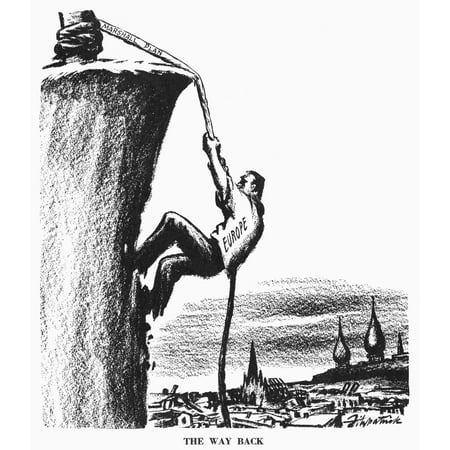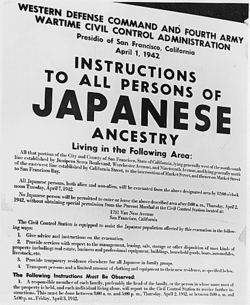 |
Truman addresses the concern of aiding Greece in their reconstruction. The leadership of Greece had continuously been undermined by communistic men, and they were asking for American economic resources and advisors to oversee the reconstruction progress. Before, both Britain and the United States had been supporting Greece, but not to a great extent. Britain could no longer provide support, leaving the responsibility to the United States. Truman went on to explain that the American foreign policy was to support the free European nations in need, otherwise they might all fall and leave the world, again, in disarray.
 |
The Marshall Plan, passed in 1948, was another financial
aid program to provide European nations with
a way to pull themselves economically out of the
pit they put themselves in during WWII.
|










